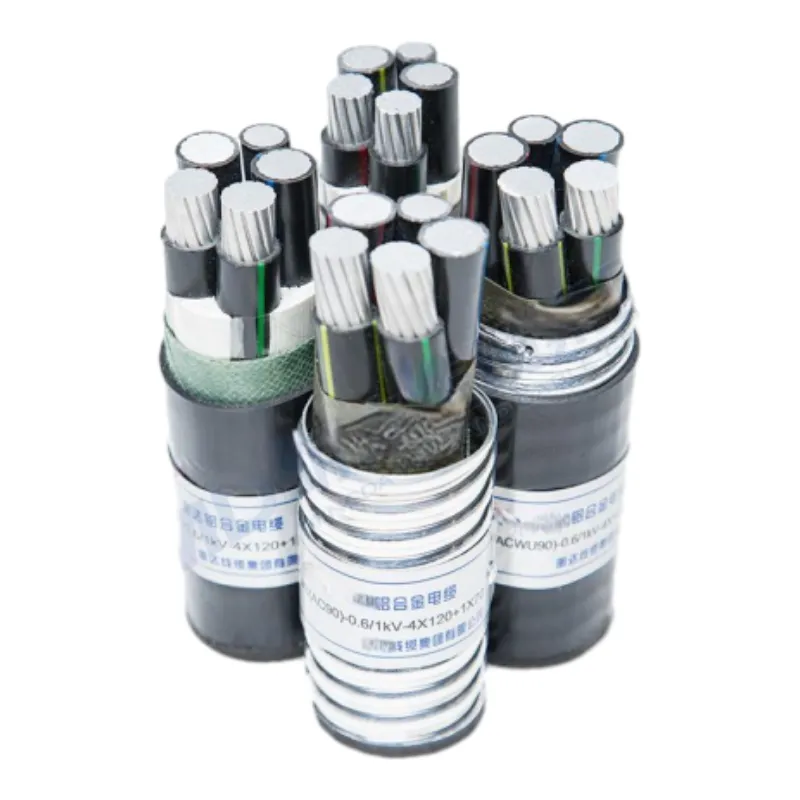10 月 . 07, 2024 06:36 Back to list
cast iron y strainer
Understanding Cast Iron Y Strainers A Comprehensive Guide
In various industrial and municipal applications, effective filtration and fluid management are essential. One of the pivotal components that ensure high performance in fluid systems is the cast iron Y strainer. This article delves into the significance, working principles, advantages, installation considerations, and maintenance of cast iron Y strainers, providing insight into why they are indispensable in many settings.
What is a Cast Iron Y Strainer?
A Y strainer is a type of filter used to remove unwanted particles and debris from liquids, protecting vital machinery such as pumps and valves from damage caused by contaminants. The term Y strainer stems from its distinctive shape that resembles the letter Y. Cast iron strainers are made from durable cast iron, combining strength with resistance to corrosion, making them well-suited for prolonged usage in demanding environments.
How Does a Y Strainer Work?
The working principle of a Y strainer is relatively straightforward. Fluid flows through the strainer's inlet and enters the straining element, which is a perforated or mesh screen. As the liquid passes through this filtering medium, solid particles are trapped, allowing only clean fluid to exit through the outlet. The design of the Y strainer allows for effective separation of particles without significantly impeding flow.
Advantages of Cast Iron Y Strainers
1. Durability and Strength Cast iron is known for its exceptional durability, making cast iron Y strainers robust enough to withstand harsh industrial environments. They can handle high pressures and temperatures, making them suitable for a wide range of applications.
2. Corrosion Resistance Due to its inherent properties, cast iron is less prone to corrosion compared to other materials, ensuring longevity and reliability over time.
3. Easy Maintenance Y strainers are designed for straightforward maintenance. They can be cleaned or repaired without the need for extensive disassembly, allowing for efficient operation with minimal downtime.
4. Versatile Applications Cast iron Y strainers are commonly used in various industries, including water treatment, oil and gas, chemical processing, and HVAC systems. Their adaptability makes them a go-to choice for engineers and system designers.
5. Cost-Effectiveness While the initial purchase cost may be higher than other materials, the durability and long lifespan of cast iron Y strainers reduce the need for frequent replacements, offering long-term savings.
Installation Considerations
cast iron y strainer

Proper installation of a cast iron Y strainer is crucial to its performance. Here are some key points to consider
- Orientation Y strainers should be installed with the Y portion facing downward. This orientation allows any accumulated debris to settle in the bottom of the strainer, making it easier to clean.
- Flow Direction Ensure that the strainer is installed according to the correct flow direction indicated by the arrow on the body of the strainer.
- Accessibility Install the strainer in a location that allows easy access for maintenance and cleaning. This is vital to prevent blockages which could hinder system performance.
- Sizing Choosing the correct size of the Y strainer is essential to ensure efficient flow and filtering capability. An undersized strainer can lead to clogging, while an oversized strainer may not effectively filter debris.
Maintenance Tips
Maintaining a cast iron Y strainer involves routine checks and cleaning to ensure optimal performance
- Regular Inspections Periodically inspect the strainer for signs of wear, corrosion, or blockages.
- Cleaning Depending on the level of contamination in the fluid, clean the strainer regularly. This may involve removing the screen and rinsing it or using compressed air to clear blockages.
- Replacement If the strainer or its screen becomes too damaged, consider replacing it to maintain system integrity.
Conclusion
Cast iron Y strainers play an integral role in maintaining the efficiency and longevity of fluid systems in various industries. Their strength, durability, and effective filtration capabilities make them a staple in applications where high-performance is crucial. By understanding their functionality and properly maintaining them, industries can ensure optimal operation and protect valuable equipment from contamination. Investing in a quality cast iron Y strainer is a proactive step towards achieving operational excellence and reliability.
Share
-
Understanding the Differences Between Wafer Type Butterfly Valve and Lugged Butterfly ValveNewsOct.25,2024
-
The Efficiency of Wafer Type Butterfly Valve and Lugged Butterfly ValveNewsOct.25,2024
-
The Ultimate Guide to Industrial Swing Check Valve: Performance, Installation, and MaintenanceNewsOct.25,2024
-
Superior Performance with Industrial Swing Check Valve: The Essential Valve for Any SystemNewsOct.25,2024
-
Industrial Swing Check Valve: The Ideal Solution for Flow ControlNewsOct.25,2024
-
You Need to Know About Industrial Swing Check Valve: Functionality, Scope, and PerformanceNewsOct.25,2024